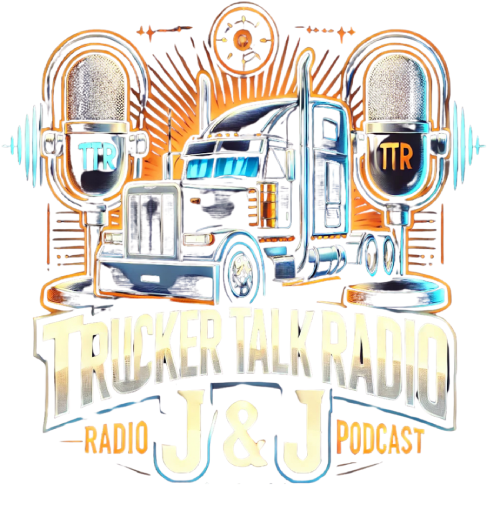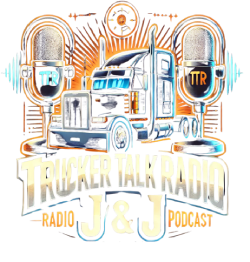In June, the Supreme Court overturned Chevron deference, a significant legal principle that defined the extent to which federal agencies could interpret laws.
This development raises concerns about whether judicial support for agency policies, such as specific emissions regulations, will continue. But what does this mean for the trucking sector?
“Some believe it’s not a major concern because courts have been interpreting statutes in a way that suggests there is no ambiguity from the start, negating the need for Chevron,” stated Prasad Sharma, a partner at Scopelitis and general counsel for the Truckload Carriers Association, in an interview with FleetOwner. “They note that the Supreme Court hasn’t recently relied on Chevron for its rulings.
“Nonetheless, it has been a long-standing precedent that many lower courts adhered to, so it is indeed a significant change. This shift will transfer power from agencies back to the judiciary and increase the demand for Congress to enact clear legislation to tackle contemporary issues.”
The elimination of Chevron deference signals a considerable alteration in the distribution of interpretive authority. Consequently, it opens the door for courts to potentially challenge significant rulemakings from agencies such as the EPA, FMCSA, and others.
Chevron Deference Overturned
In June, the Supreme Court invalidated the 1984 Chevron ruling in the case of Loper Bright Enterprises v. Raimondo.


